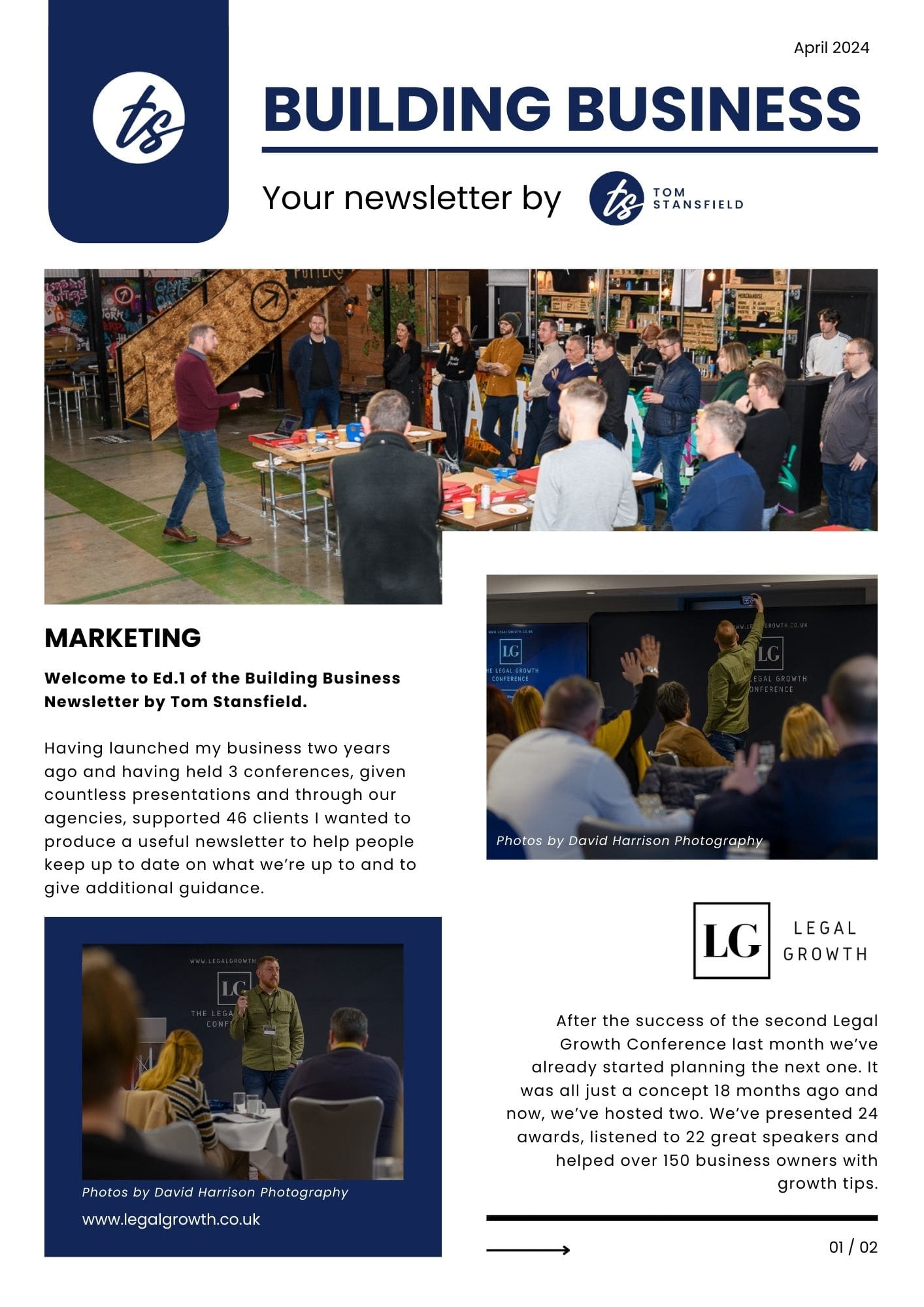How to Write the Perfect Blog (That Actually Gets Read)
Writing a blog isn’t just about throwing some words on a page and hoping people read them. A great blog is part science, part creativity. It needs to rank well on Google, keep people engaged, and drive action. Whether you’re a business owner, marketer, or someone trying to build a personal brand, nailing your blog strategy can seriously move the needle. We’ve done it on various sites, both our own and for clients.
Here’s a simple guide to writing blogs that work – and why these things matter.
1. Aim for a Minimum of 350 Words
Short blogs just don’t cut it anymore. Google prefers in-depth content because it assumes longer pieces offer more value. Aim for a minimum of 350–500 words, but don’t just waffle to hit a word count. Be helpful, be clear, and make every sentence earn its place. This is the perfect example of a short blog but don’t worry if you write 1500-3000 words.
2. Use Long-Tail Keywords
Long-tail keywords are more specific search phrases like; “marketing consultancy for estate planners” rather than just “marketing”. These are easier to rank for and attract readers who are actively looking for what you offer. Tools like SEMrush can help you find these golden nuggets. A simple Google of the topic may also help. If you’re going after a B2B audience, consider looking at articles on LinkedIn too.
3. Keep Sentences Short
This isn’t a novel. People scan blogs, especially on mobile. Stick to short, punchy sentences. Break up large paragraphs and use subheadings. If your blog looks like a wall of text, it’ll lose readers before they even start.
4. Embed a Video
Video boosts engagement. Whether it’s a YouTube explainer, a short TikTok, or something you’ve filmed yourself, embedding a video can help people stay on the page longer – a key SEO metric. It also caters to different learning styles. I appreciate that I’m a bit of a hypocrite here as I don’t offer embed video but Callum is always talking to me about the benefits of adding video to blog or to offer it within the blog as an alternative to reading it.
5. Use Social Proof
If you’ve got reviews, testimonials, or case studies, drop them in. Social proof builds trust. Even a quote from a happy client adds credibility and reminds readers that you’re the real deal.
Example:
“Tom’s knowledge has been amazing for our business… We are able to develop in the right way.” – Paul, Estate Planner
6. Add Statistics That Back You Up
Stats give your blog weight. Don’t overdo it, but sprinkle in a few relevant data points. For example:
- Blogs with images get 94% more views (MDG Advertising)
- 70% of consumers prefer learning about a business through content rather than ads (DemandMetric)
- We see over 10,000 sales messages every single day. Think about how yours will stand out. (I can’t remember the source for this one, sorry!)
7. Always End with a Call to Action (CTA)
Don’t leave readers wondering what to do next. Tell them. Whether it’s downloading a guide, booking a call, or simply connecting on LinkedIn – finish strong.
Your blog could end like this:
Need help building a content strategy that actually works? Let’s chat.
Drop me an email at tom@lincolnshiremarketing.co.uk or visit www.tomstansfield.co.uk
My call to action:
If you need help with blogs or just want to chat – use my link on this site for a free 30 min consultation/virtual coffee…


